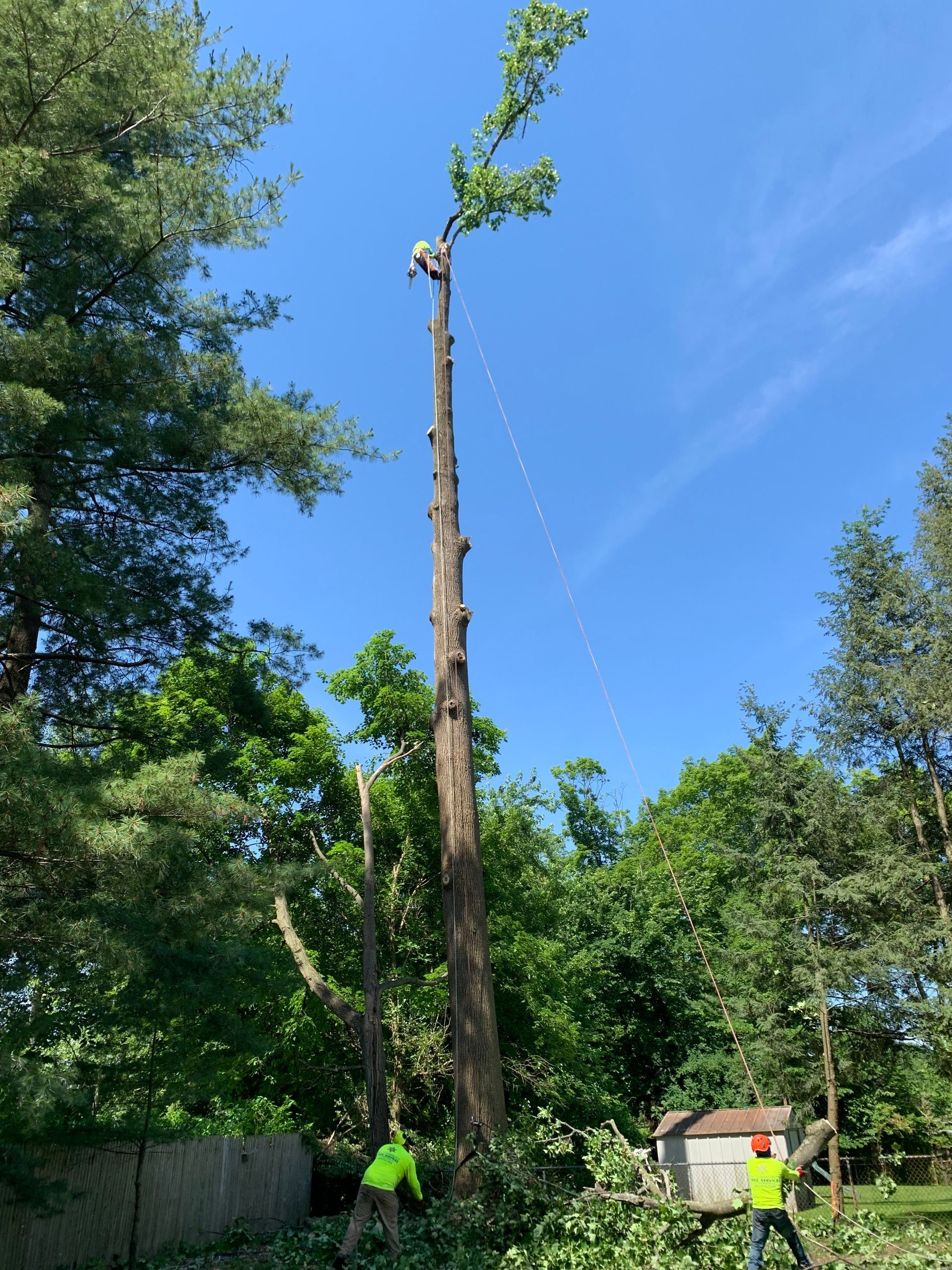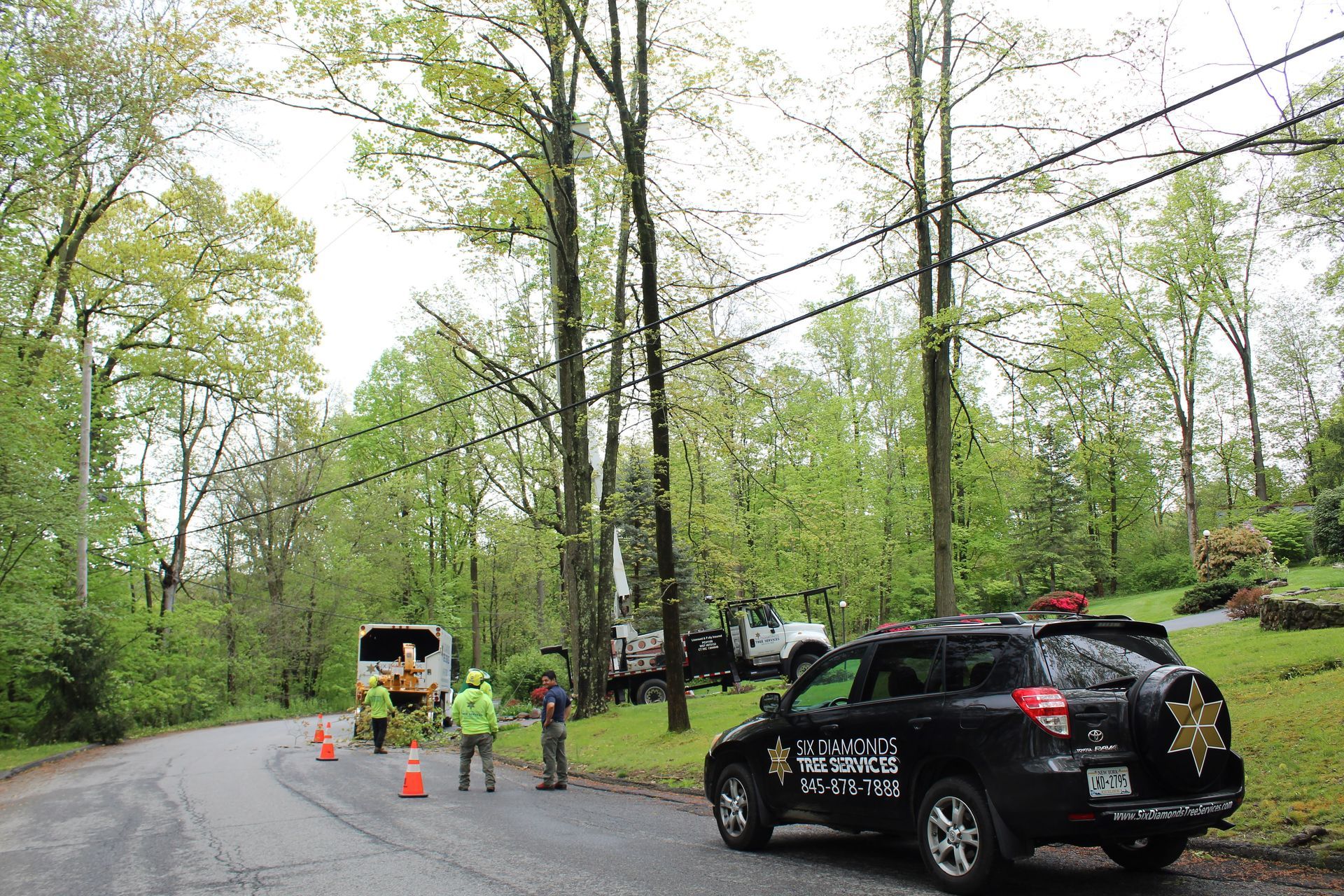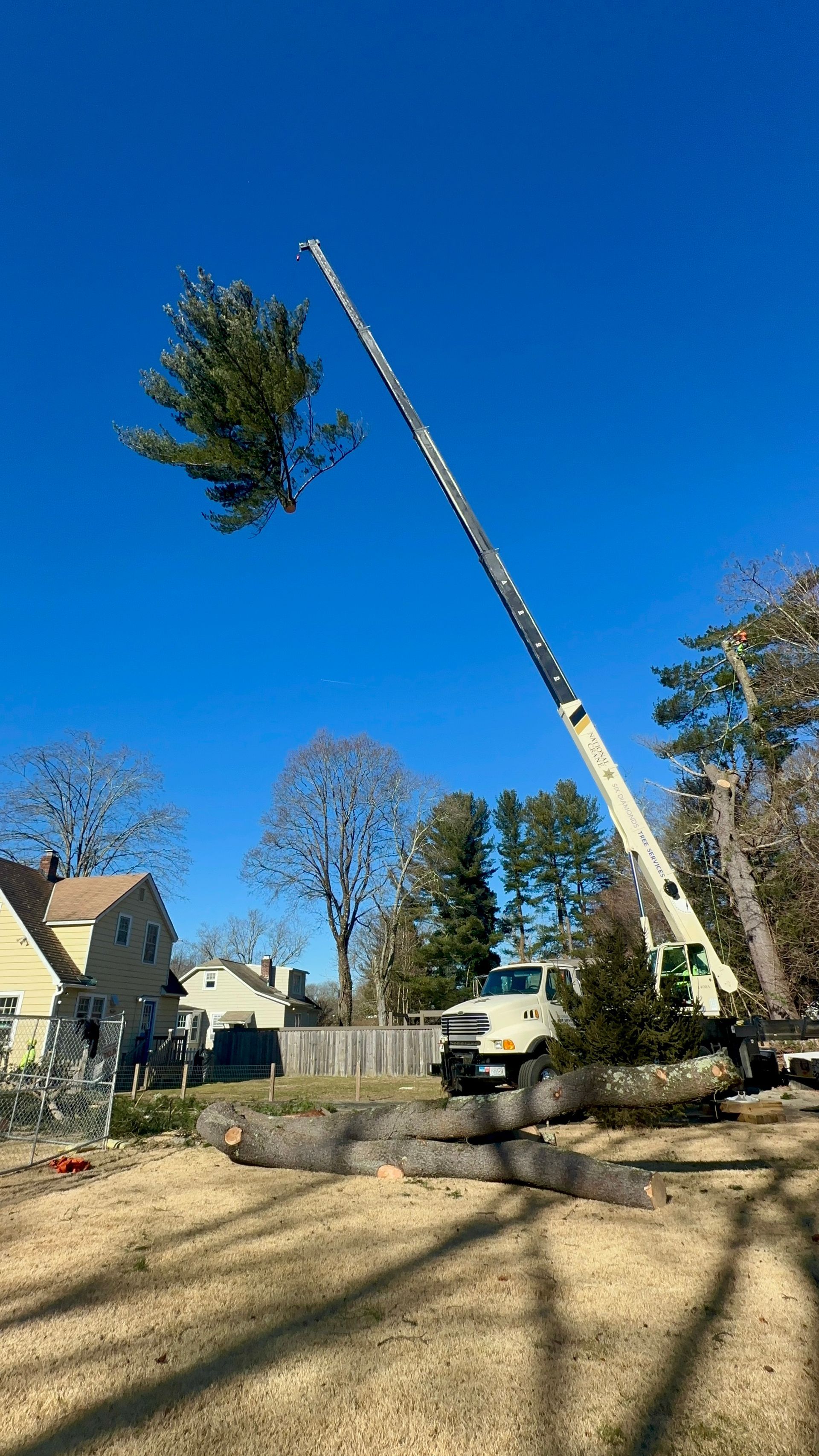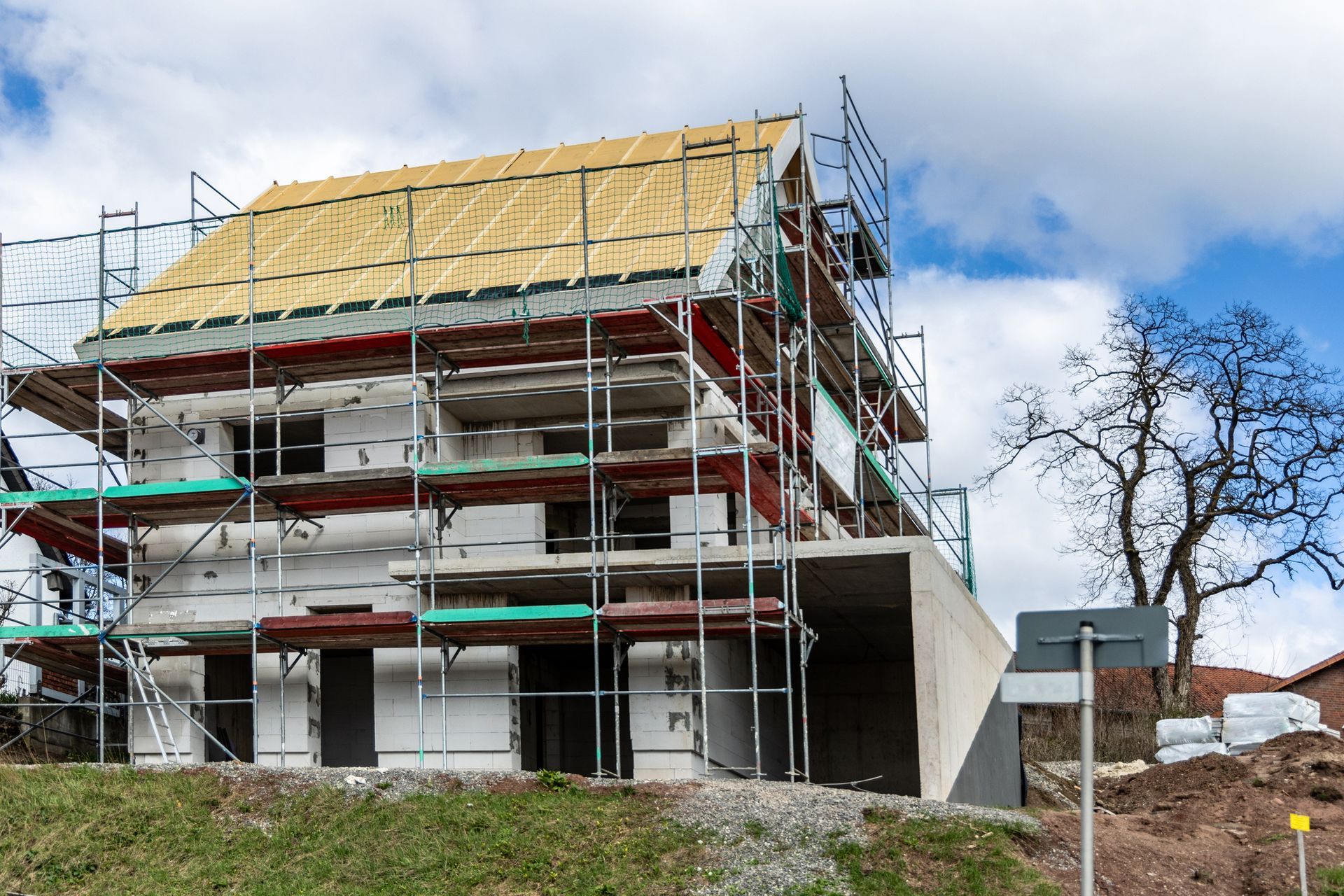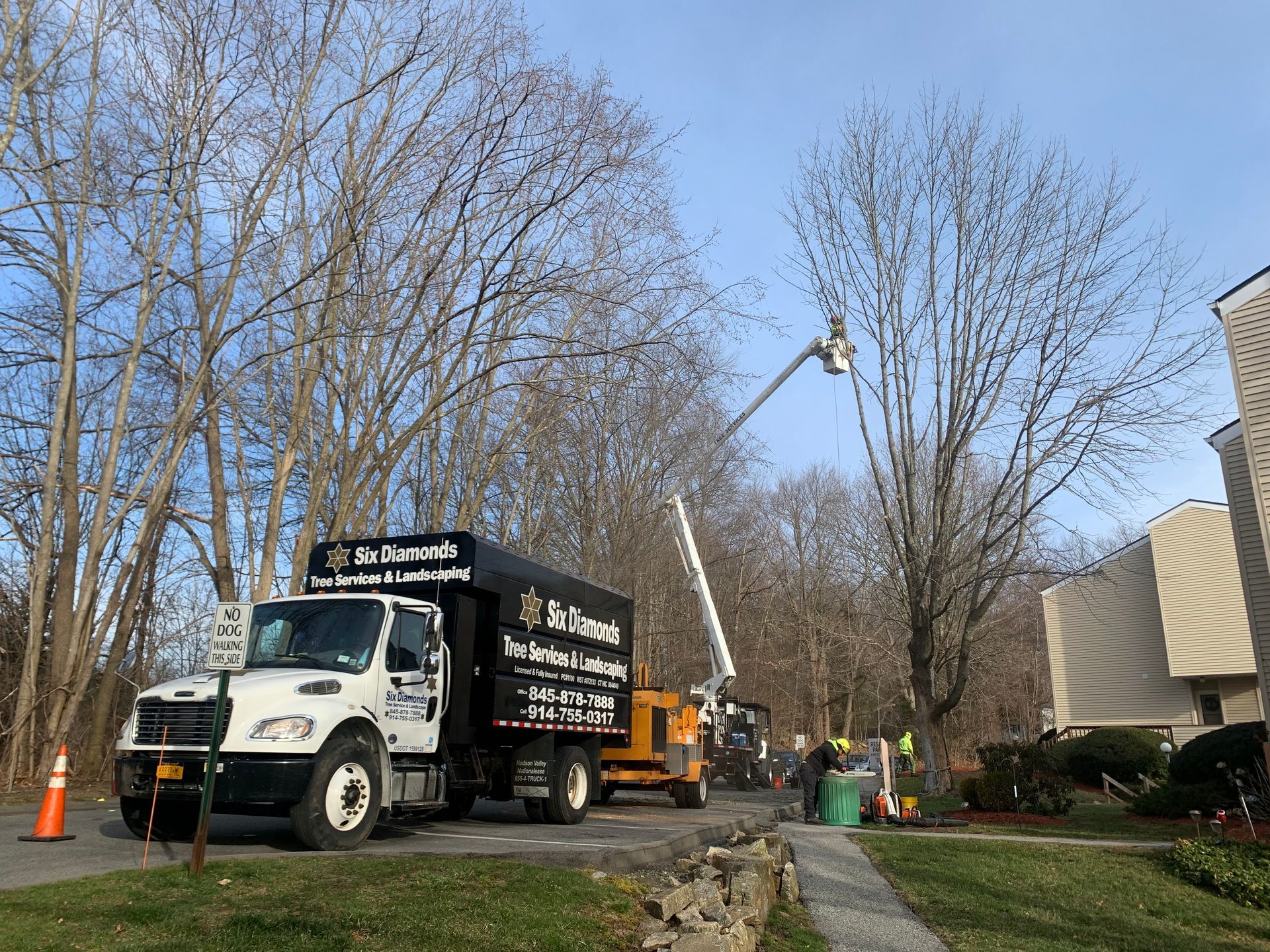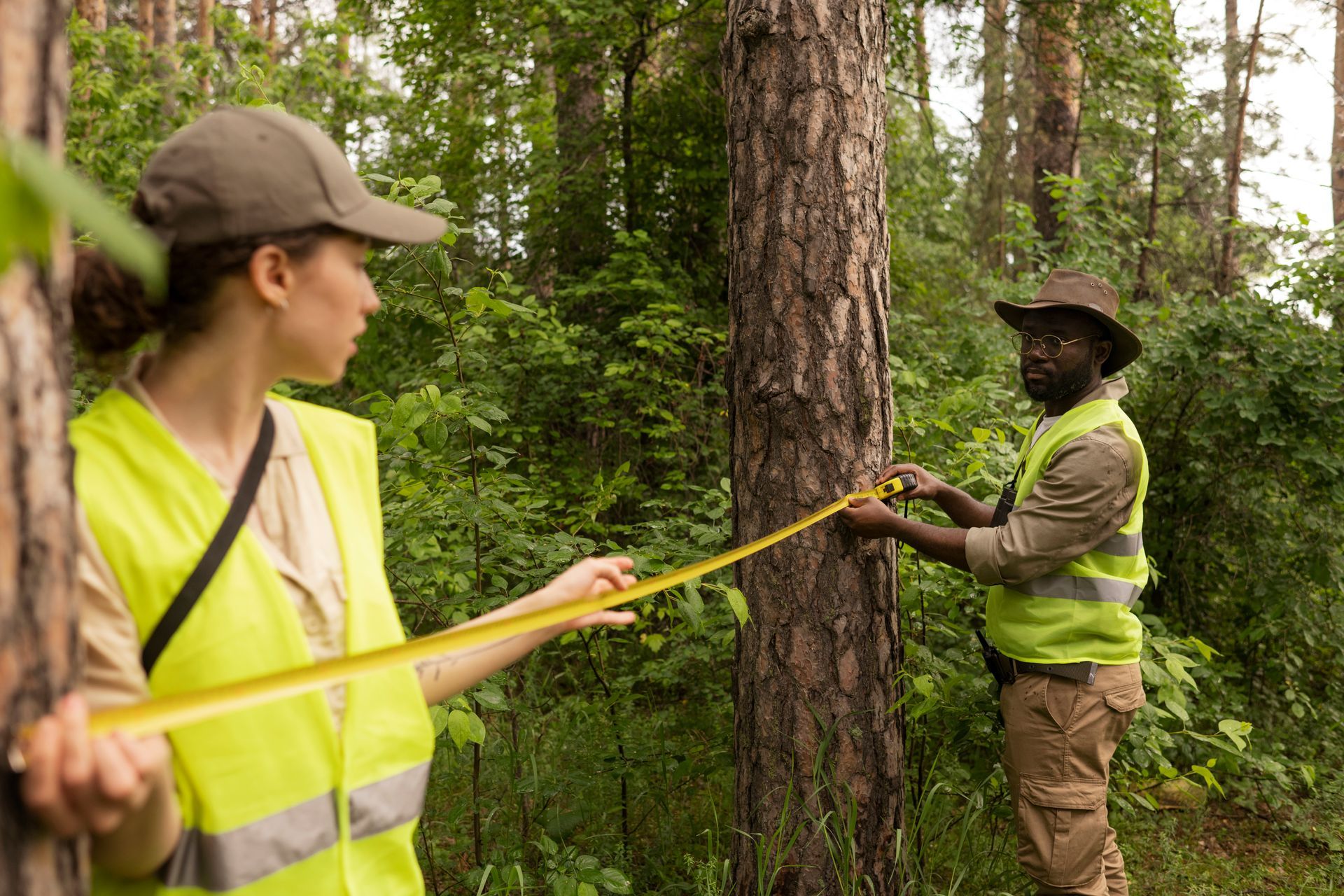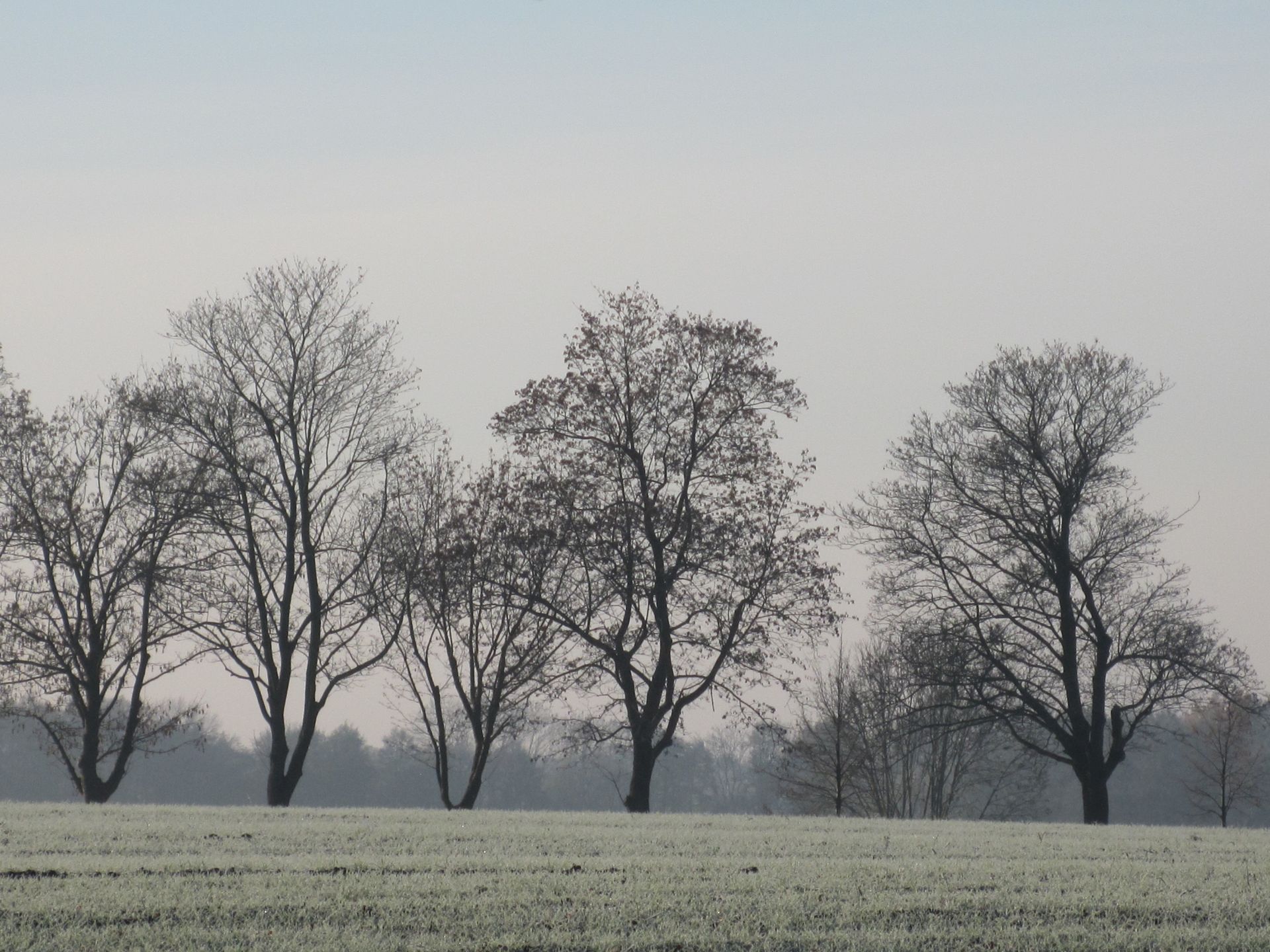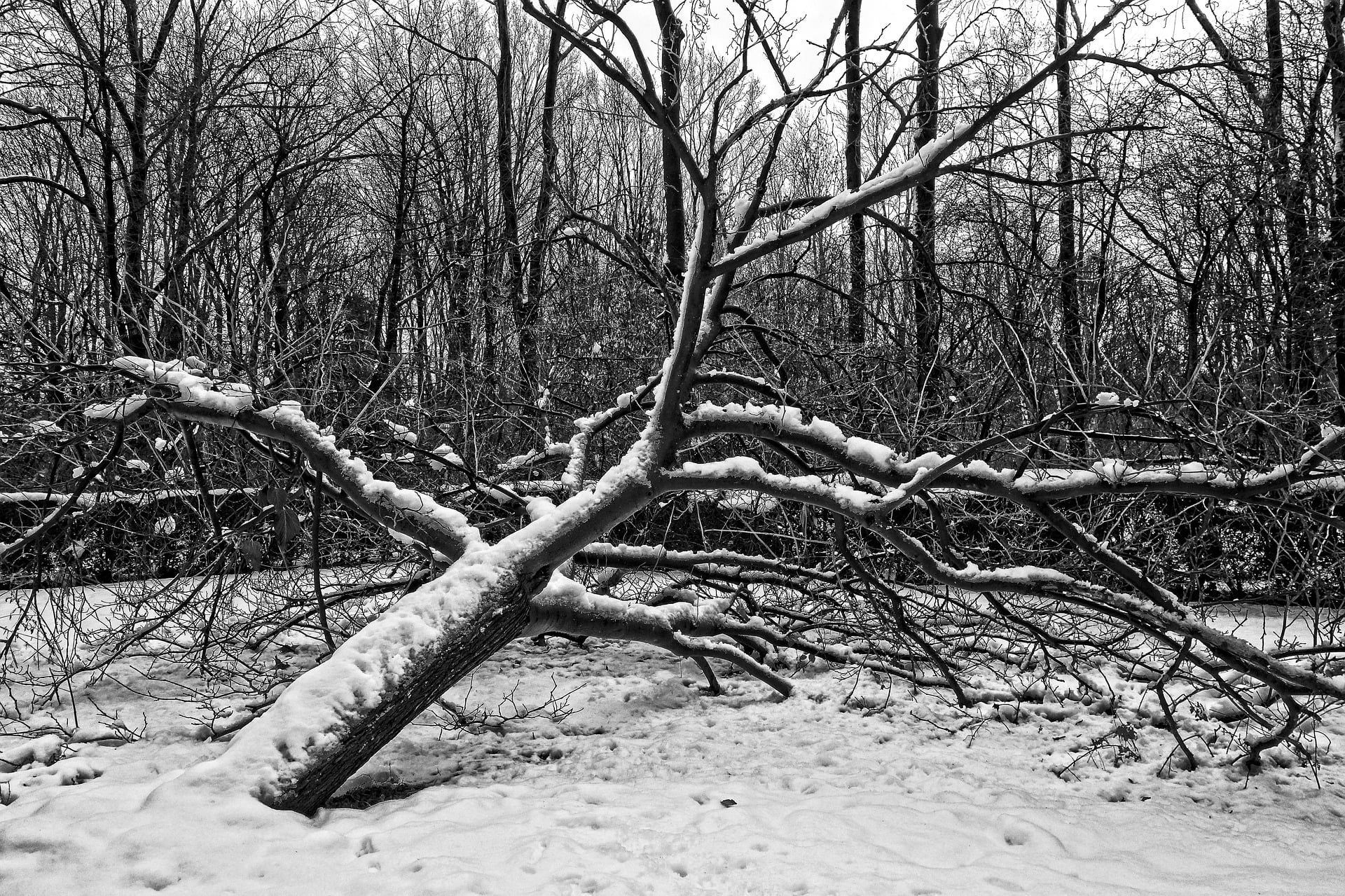Six Diamonds Tree Services, Inc
Will My Trees Survive Planting in the Winter?
Published by Six Diamonds Tree Services, Inc. February 23, 2024
Are you considering tree planting in winter and wondering if new trees can survive the colder months? With proper preparation and care, many tree species can thrive when planted during the dormant season.
Consulting tree experts is crucial when undertaking winter planting or caring for trees in winter conditions. They can guide you on ideal timing, proper techniques, and suitable tree types for your local climate to ensure the health and longevity of your new trees.
Climate & Location
When it comes to tree planting in winter, climate and location play a crucial role in determining the success of your new trees. Here are some key factors to consider:
- Temperature and Rainfall: The temperature range, precipitation levels, and overall climate zone of your area will impact the ideal planting time. Colder regions may have a shorter window for winter planting compared to milder climates.
- Plant Hardiness: Native plants adapted to long winters in your region are more likely to thrive when planted during dormancy. However, non-native species from warmer or colder zones may break dormancy prematurely or struggle with the conditions.
- Chilling Hours: Many plants require a certain number of chilling hours (32-45°F) to break their endo-dormancy and begin sprouting. The Midwestern Regional Climate Center offers a tool to check chilling hour accumulation in your area, helping you predict when plants will transition to eco-dormancy.
By considering these climate and location factors, you can increase the chances of successful tree planting in winter and ensure your new trees thrive in their environment.
Timing and Weather Forecasting
Timing is critical as plants need to be mature before the short daylight hours and cold temperatures set in, with planting recommended 6-8 weeks before the first frost]. Proper timing is essential for successful winter planting, as it ensures that plants have sufficient time to establish their root systems before the onset of harsh winter conditions.
When it comes to soil temperature, most summer plants thrive in temperatures between 55-65°F. [Planting too early in cooler soil temperatures can stunt plant growth, prevent root development, and make plants more vulnerable to disease]. Therefore, it is crucial to monitor soil temperatures and wait until they reach the optimal range for the specific plants you intend to introduce.
Here are some key considerations regarding timing and weather forecasting for winter planting:
- Air Temperature: [Experts recommend waiting until the outside air temperature is consistently above 50°F before planting, as even if daytime temps feel springlike, there could still be significant cold snaps at night]. This precaution helps protect young plants from potential frost damage.
- Plant Type: [The "right" planting temperature depends on what you're planting - cool-season veggies like lettuce and carrots can handle cooler soil, while warm-season crops like tomatoes are more finicky]. Consider the specific temperature requirements of the plants you plan to introduce.
- Dormancy Disruption: [Dormancy in plants is driven by two main factors: day length and temperature. Warm winter weather can disrupt this dormancy]. If plants sprout too soon and are then exposed to freezing temperatures, they will likely survive but must recover from the freeze damage, which takes a lot of energy.
- Weather Forecasting: [Planning is important for successful gardening, and knowing the weather forecast is a crucial part of the planning process. Gardeners need to monitor the weather to plan their gardening activities accordingly]. This includes tracking rainfall, frost warnings, and temperature fluctuations to protect plants and ensure optimal growing conditions.
By carefully considering these timing and weather factors, you can increase the chances of successful tree planting in winter and ensure the health and longevity of your new plants.
Best Practices
For successful tree planting in winter, it's crucial to follow best practices to ensure the survival and growth of your new plants. Here are some essential tips:
- Protect Tender Plants: Mulch around the base of perennials and shrubs, and wrap sensitive shrubs in burlap to insulate them from harsh conditions. For vegetables like tomatoes, zucchini, and pumpkins, harvest before frost and remove them from the garden.
- Extend the Growing Season: Use cold frames, row covers, or mini hoop houses to protect plants from the cold and extend the growing season by 6 weeks or more. These protective structures can shield hardy crops like collards, spinach, kale, and lettuce.
- Prepare Garden Beds:
- Remove debris before the first snowfall to prevent disease and pests.
- Apply a layer of mulch to regulate soil temperature and moisture levels, protecting roots.
- Add compost or manure in late autumn, and cover beds with straw or mulch.
- Prune and Trim: Prune shrubs and trees in late fall to prevent damage from heavy snow or ice. Delay pruning if plants are already emerging from dormancy.
- Manage Containers: Move container plants to a sheltered location and insulate the containers with bubble wrap or burlap.
- Plant Cold-Hardy Varieties: Introduce winter-hardy ornamental plants like winterberry, witch hazel, and hellebores to add interest during colder months. For vegetables, semi-hardy options like cabbages, swiss chard, and cauliflower can be protected with row covers.
- Care for the Lawn: Give the lawn a final mowing before snow cover, trimming the grass shorter than usual, and apply a winter fertilizer. Be patient with lawn growth, as soil temperatures may still be too cold for significant growth.
By following these best practices, you can increase the chances of successful winter planting and ensure the health and longevity of your new plants, trees, and garden beds.

